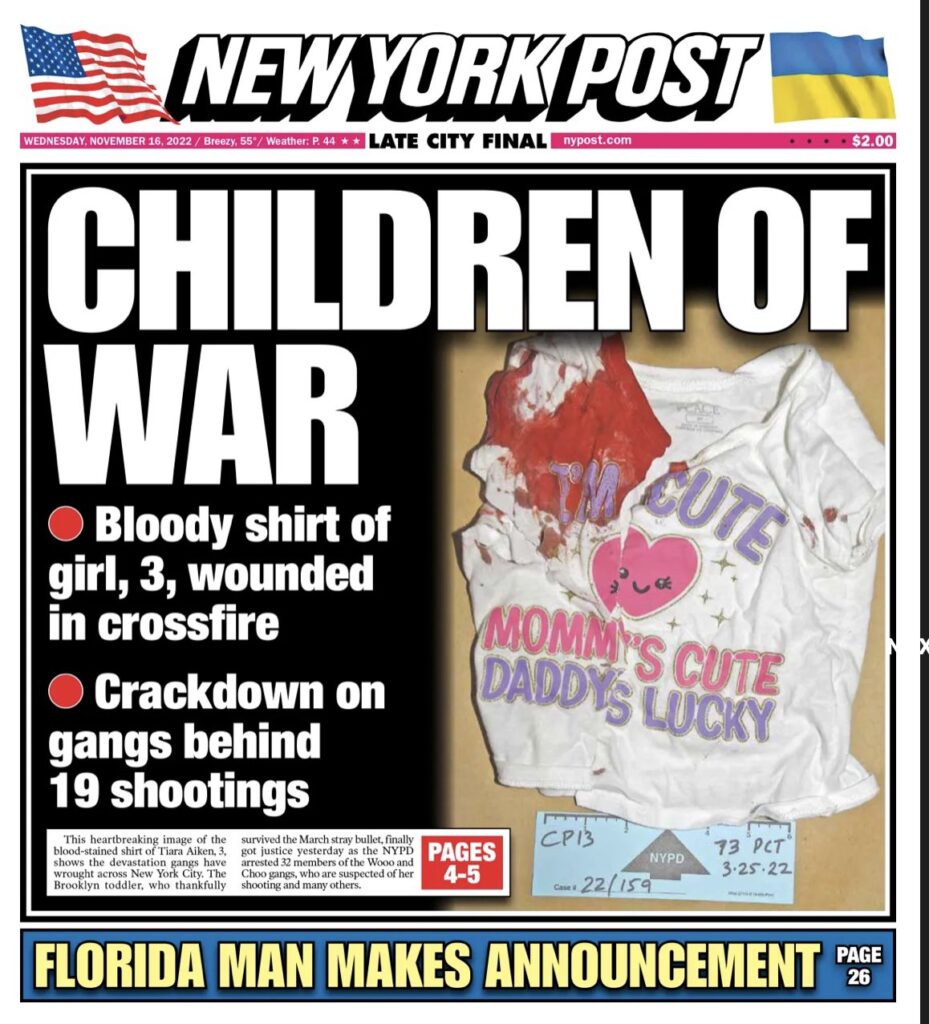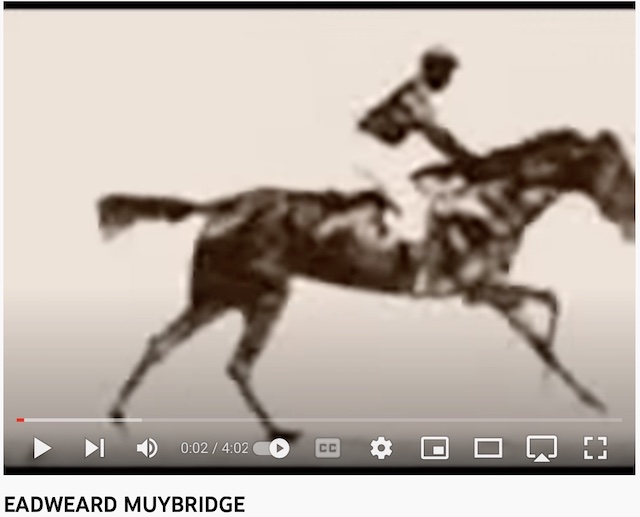I’ve been writing lately about how journalists covered the 2022 election. Is it too early to start thinking about the 2024 election? Even if it is, lots of journalists have started doing so. Let’s take a look:
Center right WaPo columnist and blogger Jennifer Rubin writes that reporters need to reconsider who they talk to and represent as typical voters, and what their approach should be to covering elections.
“Reporters need to recognize that women aren’t a minority or interest group. They are the average voter. Forget diners as the locale for …voters; go to yoga studios, school pickup lines, supermarkets and other places where ordinary women can be found.” https://t.co/fCYrqe4VFq
— RalphIsNow@rhanson40@threads.net (@ralphehanson) November 15, 2022
“The media need to recognize that “Latino” is almost meaningless because it encompasses people with vastly different backgrounds, experiences and perspectives. Treating an American born in Puerto Rico like a third-generation businessman with a Spanish surname but no Spanish fluency makes little sense….
“A shift away from horserace coverage, which is often wrong and utterly irrelevant, would allow the media to focus on candidates’ experience and character, major policy issues and voters’ attitudes and demographic changes. Journalism should not be a Magic Eight Ball; it is about understanding and analyzing the recent past and present….
“Find gurus in each state who really understand the ins and outs of voting trends (e.g., Jon Ralston in Nevada), expand use of focus groups, track coverage in local media and watch where candidates are spending money…
“Journalism can improve its image by leaving the prognostication to betting markets and tarot card readers. That should free up resources to focus on the threats still facing democracy.”
During the 2016 and 2020 campaign, journalists and news media gave former president Donald Trump lots and lots of coverage compared to other candidates because he was constantly doing things that would attract audiences. It’s not that he was doing politically important things – he was just being clickable.
Now that he has officially declared himself as a candidate for the 2024 presidential election, journalists are going to have to figure out how they are going to report on a candidate who thrives on attention and who has a willingness to say anything, regardless of it’s truth value.
Not surprisingly, this has drawn a lot of attention from journalists and media critics on Twitter over the last day or two.
NYU journalism professor Dr. Jay Rosen has long been critical of how most journalists cover politicians and candidates. To me, his most important critique has been how reporters simply parrot back what politicians say without putting it in any context, especially when the politician is clearly lying. I really like how he explains that reporters need to be putting forward a “truth sandwich.”
Here's my thread about the "truth sandwich" method of reporting false or dubious claims with background, concept and four examples, all on one URL. https://t.co/LGP2uRqLQV
— Jay Rosen (@jayrosen_nyu) May 26, 2020
Rosen explains the “truth sandwich” this way:
- State what is true.
- Report that a false or dubious claim has been made. (But only if it’s newsworthy, meaning important for the public to know it happened. Otherwise use silence.)
- Repeat what the actual truth is.
We saw the truth sandwich being applied (and not applied) by a number of prominent news outlets.
NPR on Twitter went all in on the truth sandwich with their story announcing Trump’s candidacy:
BREAKING: Donald Trump, who tried to overthrow the results of the 2020 presidential election and inspired a deadly riot at the Capitol in a desperate attempt to keep himself in power, has filed to run for president again in 2024. https://t.co/iqIcaN3SZA
— NPR (@NPR) November 16, 2022
That 100% accurate headline nevertheless managed to draw huge howling charges of bias.
Law Dork Chris Geidner had praise for how the Washington Post presented the story in a news alert but was not as impressed with the aggressively neutral approach of the NY Times.
Oddly enough, the news outlet that gave Trump the hardest burn the conservative Rupert Murdoch tabloid the New York Post who put the story at the bottom of their cover and left out the former president’s name.

The page 26 story was equally dismissive:
NY Post: Florida Man Makes Announcement —> story deep inside on page 26. pic.twitter.com/rccr3OcD1P
— Christine Romans (@ChristineRomans) November 16, 2022
Though to be fair the online version of the story was much more complete, but still nasty in tone.
I look forward to seeing how news outlets and journalists cover Trump’s campaign going forward.





